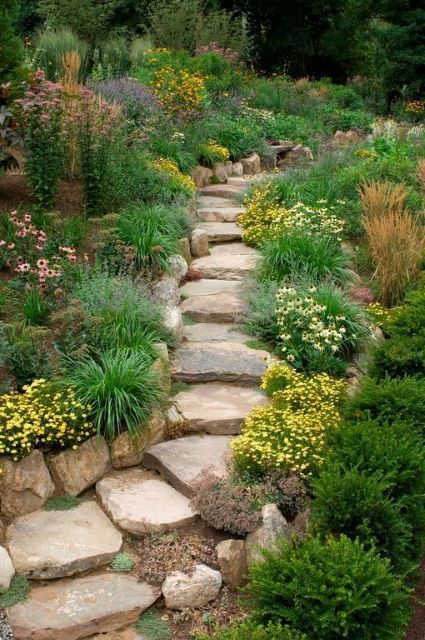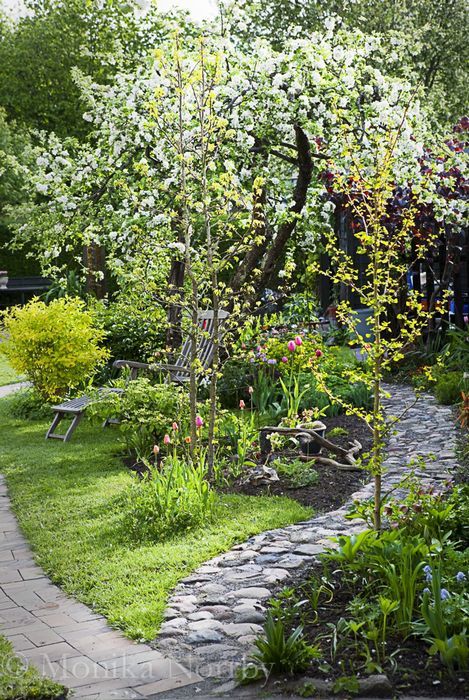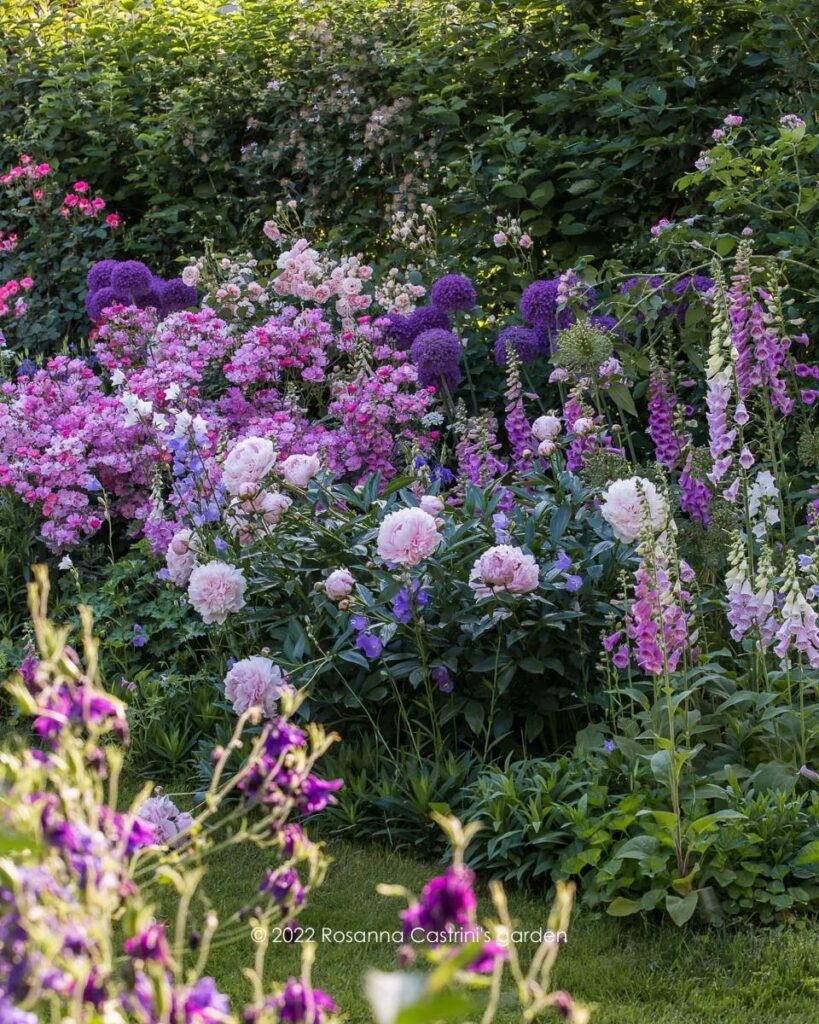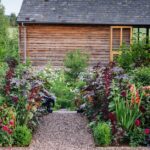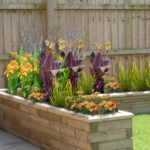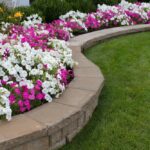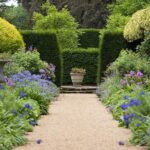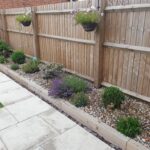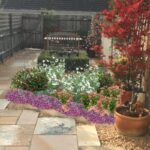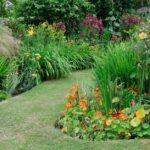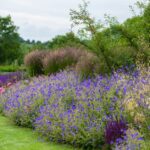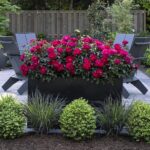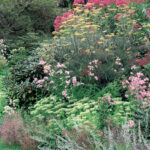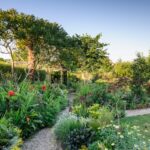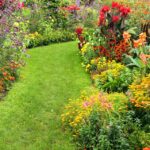Garden design borders play a crucial role in the overall aesthetic appeal of a garden. Borders are the defining lines that separate different areas of the garden, creating a sense of order and structure. They can also add color, texture, and interest to the space, enhancing the beauty of the plants within.
One of the key considerations when designing borders for a garden is selecting the right plants. It’s important to choose plants that not only look good together but also thrive in the same growing conditions. This will ensure that the borders are visually cohesive and that the plants will flourish and complement each other over time.
In addition to selecting the right plants, it’s also important to consider the height and spread of the plants when designing borders. Taller plants should typically be placed towards the back of the border, with shorter plants towards the front. This layering technique helps to create depth and visual interest in the garden, as well as allowing for better air circulation and light exposure for all the plants.
Another important aspect of garden design borders is incorporating different textures and foliage shapes. Mixing plants with varying leaf textures, colors, and sizes can create a visually dynamic border that adds depth and interest to the garden. Combining shrubs, perennials, and grasses can also help to create a balanced and harmonious border that changes throughout the seasons.
Borders can also be enhanced with the addition of hardscaping elements, such as rocks, stones, and edging materials. These elements can help to define the border and provide a sense of structure, while also adding visual interest and contrast to the plantings. Hardscaping can be used to create pathways, edging, or focal points within the border, enhancing the overall design of the garden.
Ultimately, garden design borders should be a reflection of the homeowner’s personal style and preferences. Whether you prefer a formal, structured border with clipped hedges and neat rows of plants, or a more relaxed, cottage-style border filled with wildflowers and grasses, the key is to create a border that suits your aesthetic tastes and complements the overall design of your garden. With careful planning and consideration, garden design borders can add beauty, structure, and interest to any outdoor space.
